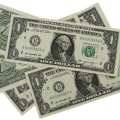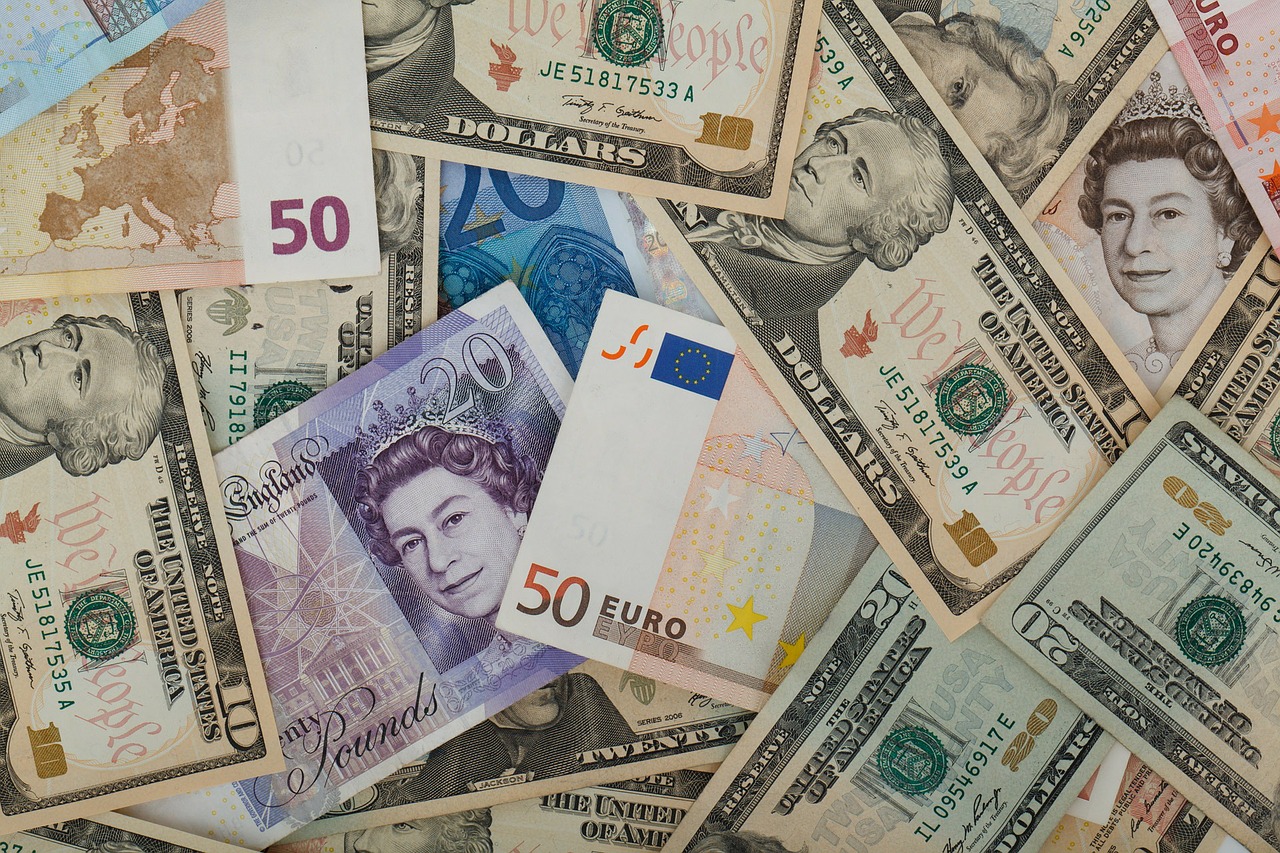Dollar Suffers after US Jobs Report

On Friday, the US dollar was on its way to record its biggest percentage decline in six weeks. This was because of the US jobs report for December that did not live up to the expectations, but was considered strong enough to keep the tightening path of the Federal Reserve intact. There was a 0.546% decline in the dollar index, as it fell to 95.734, and it was prepared for its biggest decline since November 26th, when markets had been rattled because of the concerns associated with the Omicron variant of the coronavirus. Even after the weakening on Friday, the US dollar still remained on track for a slight gain in the week, which would be it’s first in the last three weeks.
According to the US Labor Department, there had been an increase of 199,000 in nonfarm payrolls in the previous month, which fell short of the economists’ estimate of 400,000. However, analysts said that the report’s underlying data appeared sturdier, as the unemployment rate had fallen to 3.9%, even though expectations had been about 4.1%. There had also been a 0.6% increase in earnings, which indicated tightness in the labor market. Moreover, the report also gave expectations of a rate hike by the Federal Reserve in its meeting scheduled for March.
On Wednesday, the futures on the federal funds had given an 80% chance for a rate hike, but this was increased to 90%. Market strategists said that even though the headline was not in accordance with the consensus, the fact is that the Fed does not really care about the consensus. In fact, this may only justify their hawkish stance. The strategists said that they would have to see how the Fed react, but the chances were that there would be a hike in interest rates in the meeting in March or May and later next year, there would be a balance sheet run-off.
The benchmark S&P500 had been modestly lower on Wall Street, whereas there was an increase in the yield on the 10-year US Treasury note by almost 1.80%, which is its highest after January 2020. There was also a 0.62% increase in the euro, as it reached a value of $1.1361. The aftermath of the payrolls report gave the euro room to strengthen against the greenback after it didn’t show any reactions to the data indicating that inflation had climbed to 5% in the eurozone in December. According to policymakers in the eurozone, they expect inflation to slow down gradually in 2022 and there may not be a need for a rate hike this year.
There was an increase of 0.22% in the Japanese yen against the greenback, as it reached 115.59 per dollar. Recently, the dollar had strengthened, while the yen had had to take the brunt of the damage. Earlier this week, the dollar had reached a five-year high against the yen. Meanwhile, the Sterling was also on the verge of its third consecutive weekly gain against the US dollar and had last been trading at $1.3592, which brought it 0.47% up.


















